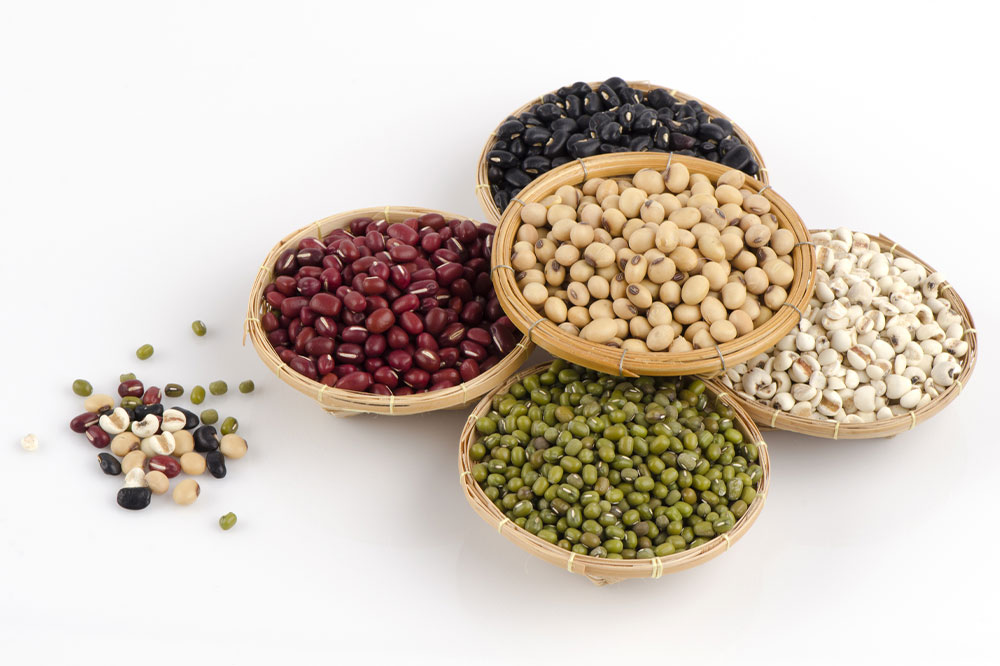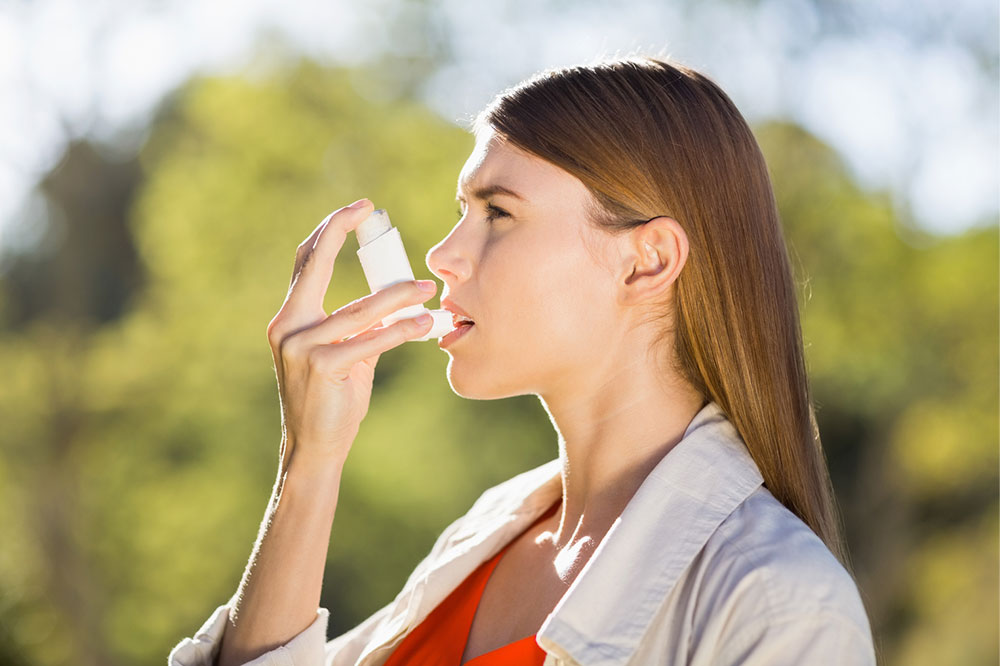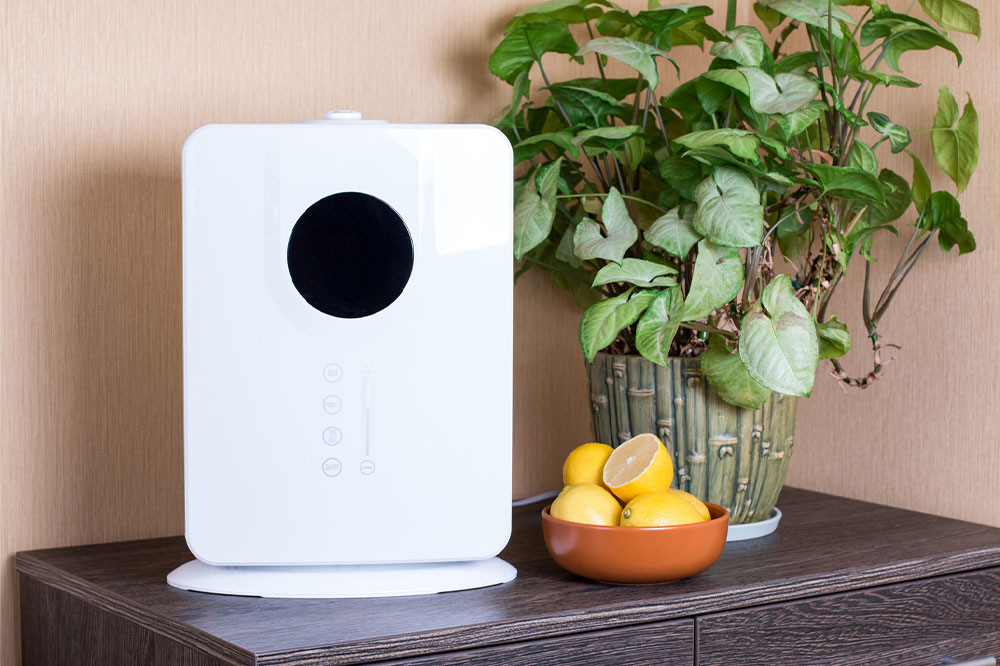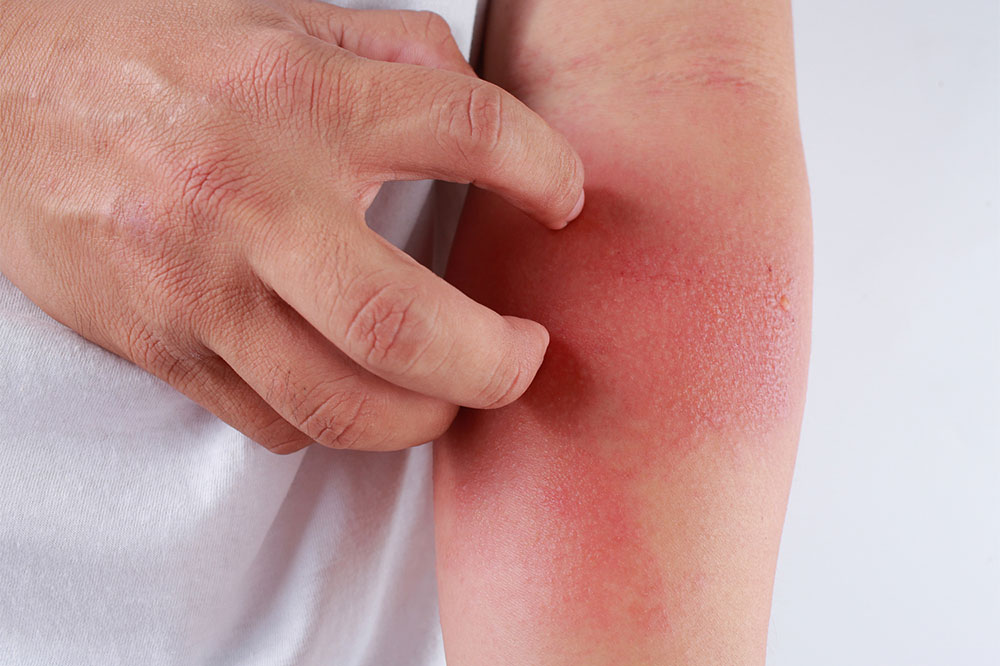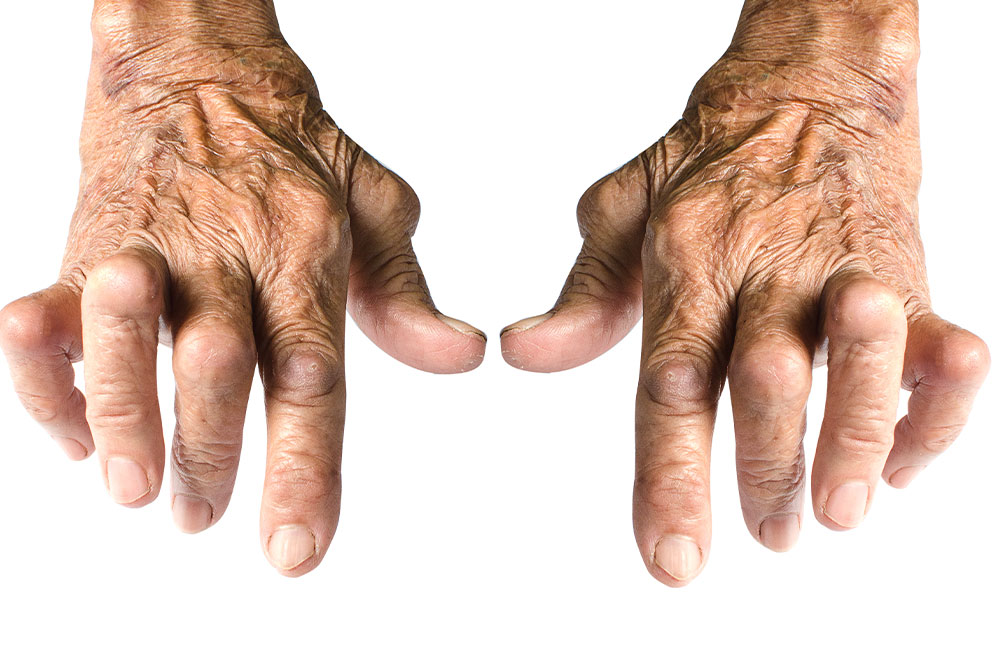Common signs of prurigo nodularis
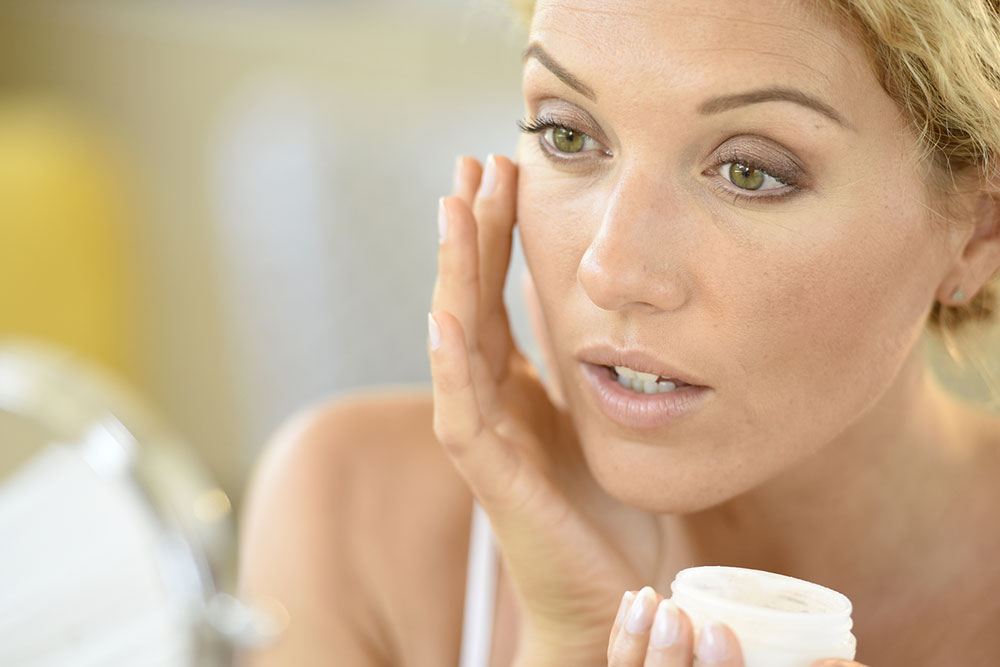
Prurigo nodularis is a severe skin condition that causes multiple itchy and firm bumps on the skin. This skin disorder leads to excessive and intense scratching that, in turn, can further exacerbate the symptoms. Although the condition can affect a person of any age, it is most commonly seen in adults. Early detection of the symptoms can help diagnose the condition better. Below mentioned are some of the signs and symptoms of prurigo nodularis.
Where does prurigo nodularis develop on the body?
Prurigo nodularis causes itchy bumps on the skin and can develop in areas wherever the person scratches, rubs, or picks their skin. While skin tags can occur anywhere on the body, they tend to appear most frequently in certain areas like:
- Legs
- Arms
- Upper back
- Lower back
- Abdomen
- Buttocks
The itchy bump nodules may be:
- Scaly and crusty
- Scabby
- Hard
- Warty looking
Common signs and symptoms of prurigo nodularis
Itchy skin
The most common symptom of prurigo nodularis is the appearance of small, raised bumps on the skin. These are also known as nodules, which can appear flesh-colored, reddish, or dark brown. The itching can vary from person to person and range from moderate to severe. Before the bumps appear on the skin, the skin starts to itch, and these itches can come in short bursts or be long-lasting. Some people experience only a few itchy areas on the skin, while the itch sometimes covers most of the skin.
Burning skin
Another common sign of the condition is feeling a burning sensation on the skin. Some people have said that instead of itchy skin, they have experienced stings and burns on the skin. A few cases have reported a rare sensation of bugs crawling on the skin in addition to the burning sensation.
Itchy bumps
Repeated itching and scratching cause bumps on the skin. These bumps usually appear six weeks after the skin starts to itch or sting. The itchy bumps typically appear six weeks after the skin starts to itch, burn, or sting due to repeated scratching, picking, or rubbing. Since the condition commonly affects the exterior of the limbs, such as the knees and elbows, itchy bumps can also appear on the back, shoulders, and neck. The distribution of the bumps is often symmetric, and they appear evenly on both sides of the body.
Changes in the skin
Frequent scratching causes the skin to turn red, leading to more bumps and itchy patches all over the skin. In some severe cases of prurigo nodularis, people may scratch their skin till the bumps break and bleed. This causes intense pain and also turns the skin hard and pebbly. Constant itching can be debilitating and may also affect the psychological well-being of the person.
Prurigo nodularis, if not diagnosed or treated on time, can get extremely difficult to manage and affects one’s quality of life. Some patients with the condition may experience trouble sleeping and difficulty managing day-to-day activities. Recognizing the symptoms of the conditions at an early stage can help in prompt diagnosis and treatment.
